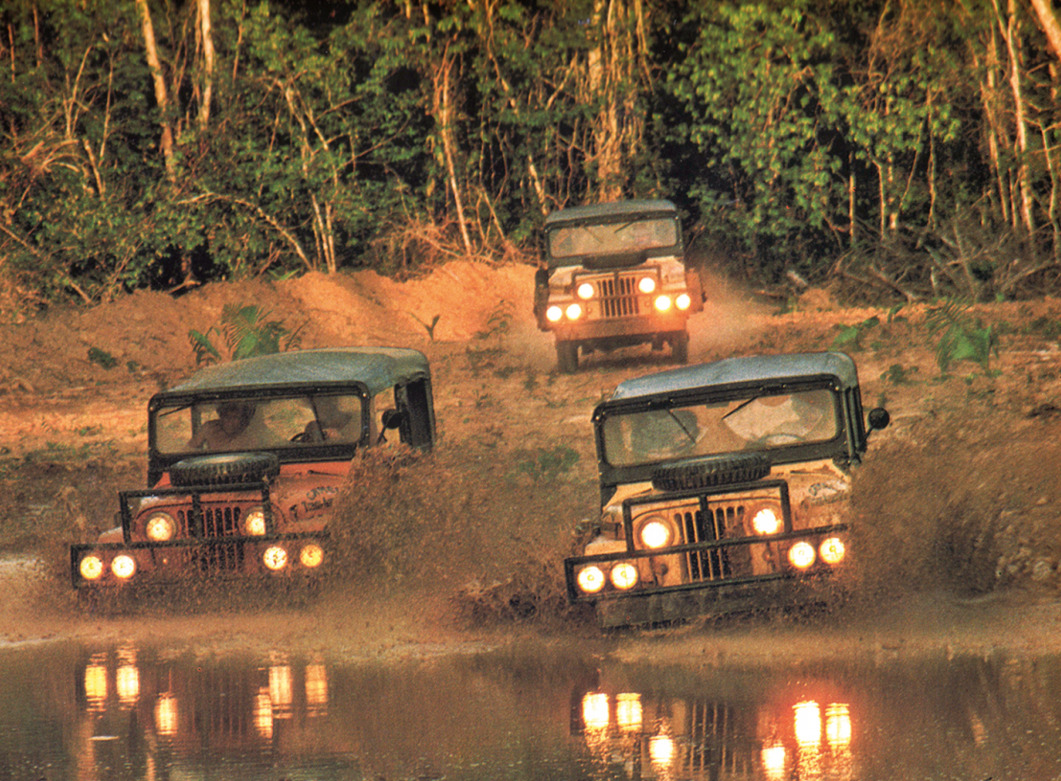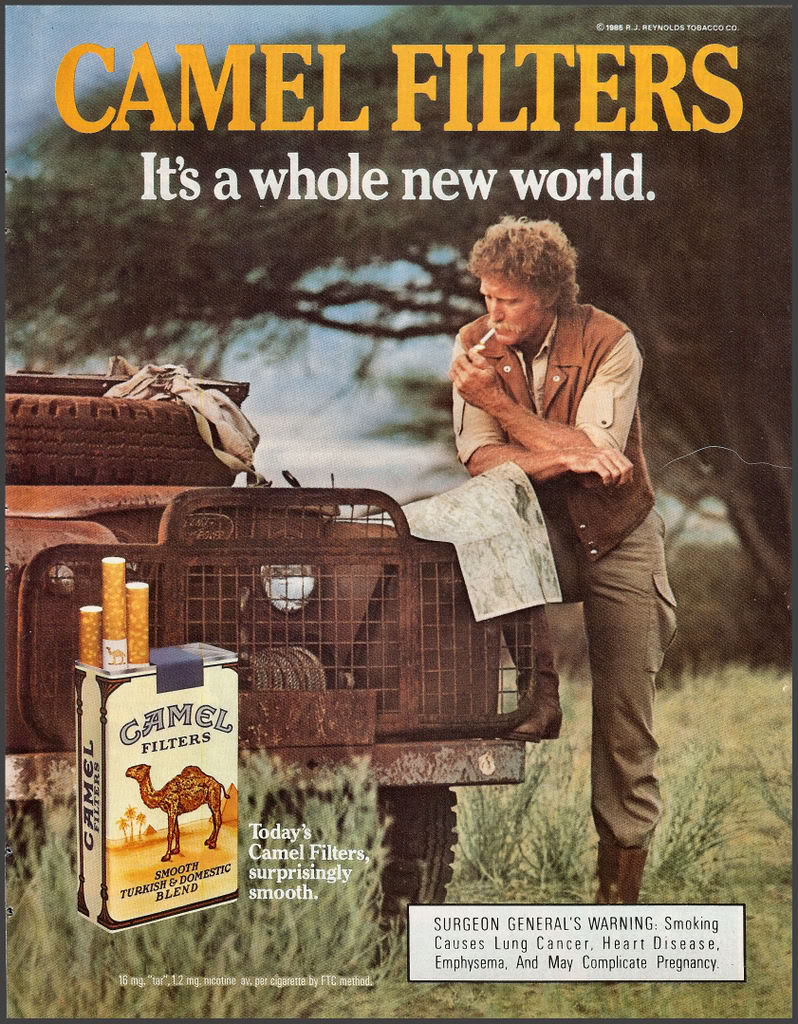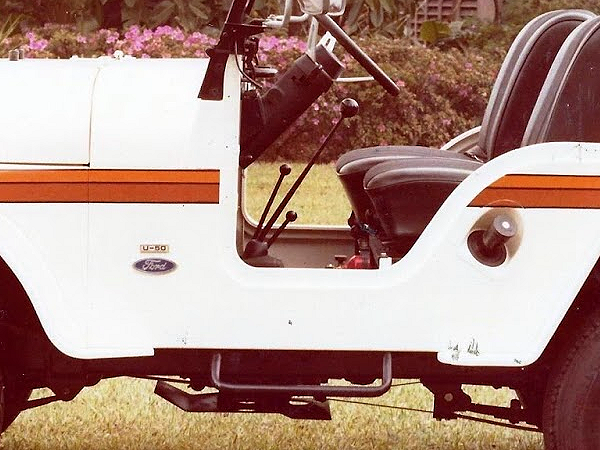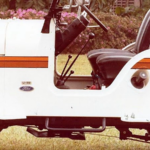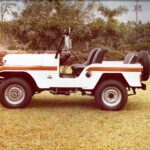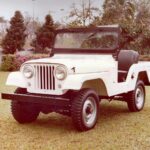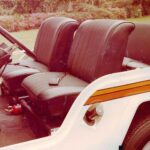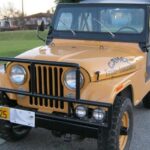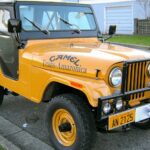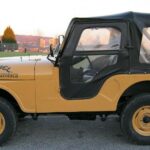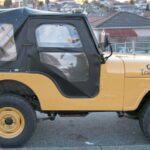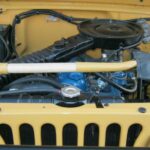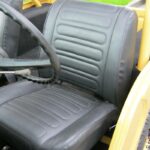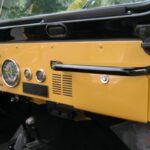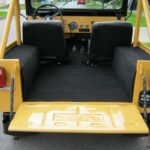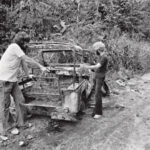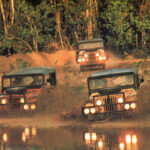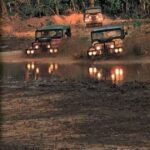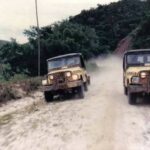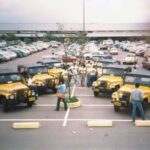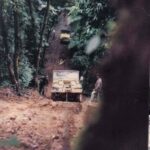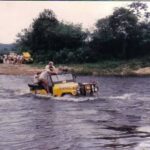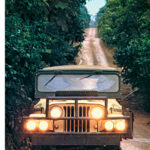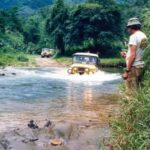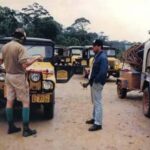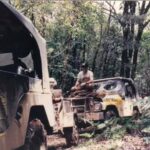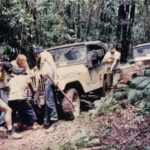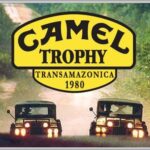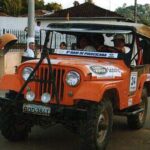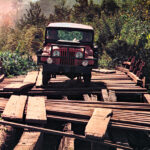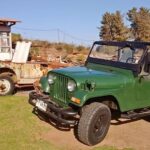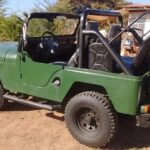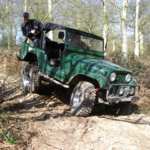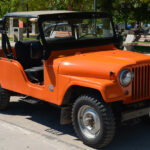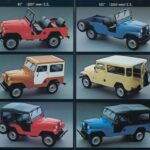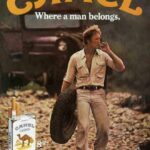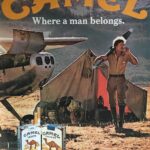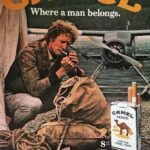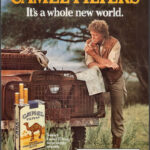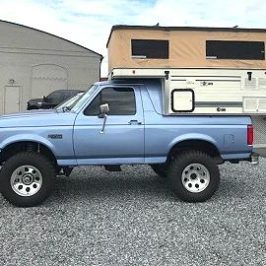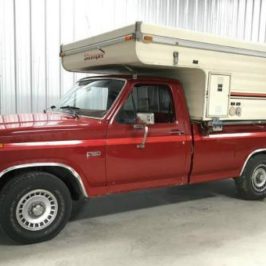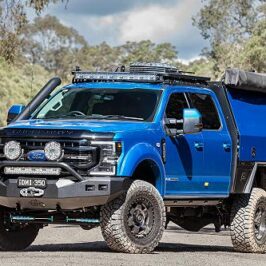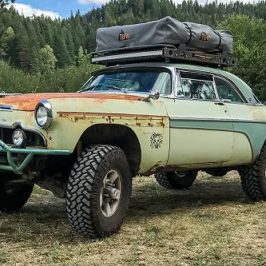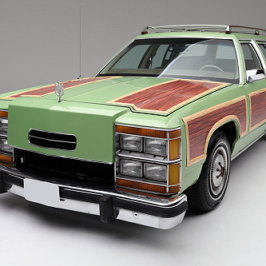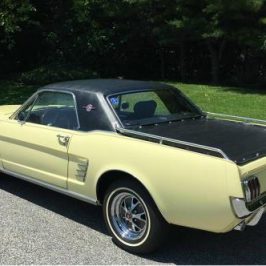The Camel Trophy is a famous off-road adventure testing man and machine that has taken place all over the world. The Camel Trophy is best known for its Sandglow colored Land Rovers, but did you know that the very first Camel Trophy used a Ford and not a Land Rover?
What?!!
The Camel Trophy began life in the halls of the West German office of the RJ Reynolds Tobacco Company, the parent of the namesake Camel cigarettes. It’s not surprising that Camel cigarettes would sponsor such an event. Camel cigarettes ad campaigns marketed them as a symbol of rugged individualism and adventure.
In 1980, a German-only contest for a twelve-day off-road adventure navigating the Trans-Amazonian highway attracted a great deal of attention, eventually selecting six lucky participants. The Ford U-50s failed to make it through the 1,000-mile trial, but the event proved so popular that Land Rover stepped in the following year to supply a fleet of purpose-built Range Rovers for the job. With a fresh lineup of top-tier off-roaders, the event was soon opened to applicants around the globe, each vying to represent their countries in the knee-deep muck.
The Ford U-50
Ok, so what about the Ford U-50?
Willys–Overland was one of two bidders when the United States Army sought an automaker that could begin rapid production of a lightweight reconnaissance car based on a design by American Bantam.
Production of the Willys MB, better known as Jeep, began in 1941, shared between Willys, Ford, and American Bantam. 8,598 units were produced that year and 359,851 units before the end of World War II.
After the war, Willys did not resume production of its passenger-car models, choosing instead to concentrate on Jeeps and Jeep-based vehicles. The first postwar Willys product was the CJ-2A, an MB stripped of obviously military features, particularly the blackout lighting, and with the addition of a tailgate.
Willys–Overland established its Brazilian operations in 1953, just before the Kaiser-Frazer takeover. In 1956–1957, Brazil’s Executive Group for the Automotive Industry (GEIA) had approved Willys–Overland for production of the Willys MB Jeep. Assembly of the “Willys Jeep Universal” (as it was known in Brazil) from CKD kits began in 1957. By 1958, production relied on locally sourced components, with the vehicles equipped with a 90 hp (67 kW) 2.6-liter I6 engine. The Universals came with a three-speed manual transmission. The Brazilian-built vehicles are easily recognized by their squared-off rear wheel openings.
On October 9, 1967, Ford of Brazil bought the Brazilian Willys subsidiary and took over the production of the CJ-5, the Willys Jeep Station Wagon-based “Rural”, and its pick-up truck version. Ford kept the line with no modifications except for some Ford badges on the sides and on the tailgate. In 1976, Ford equipped the CJ-5 and the Rural with the locally built version of the 2.3-L OHC four-cylinder engine used in the Ford Pinto (also used in the Brazilian Maverick) and a four-speed manual transmission. This engine produced 91 PS (67 kW; 90 hp) (SAE) at 5000 rpm. In 1980, the engine was modified to run on Neat ethanol fuel (E100); this option lasted until 1983, when Ford ended the production of the CJ-5 in Brazil.
Ford of Brazil U-50 1968-1983
1968, Willys of Brazil comes under control of Ford of Brazil. The Jeep CJ5 will now be called Ford U-50 and inherits two Ford badges on the sides first of all below the Jeep stamped and subsequently as a replacement for it.
(Note the Ford Logo and U-50 badge, but no Jeep logo)
The range will be simplified and there will be an additional version With Hart Top. In 1976, the BF-161 engine was replaced by a 4-cylinder 2L3 Ford, engine that was then fitted to Ford Maverick sedans. There will be from from 1981 a specific version of this engine that runs on alcohol. The Ford U-50 ceased to be manufactured in 1983.
Engine Until 1975
- Manufacturer: Willys Overland of Brazil
- Displacement: 2638 cm3
- Maximum power SAE: 90 hp at 4400 rpm
- Maximum torque SAE: 135 ft-lbs at 2000 rpm
Engine From 1975
- Manufacturer: Ford
- Type: Georgia 2300 OHC 4-cylinder in-line
- Displacement: 2300 cm3
- Maximum power SAE: 91 hp at 5000 rpm, alcohol 84.2 hp at 4800 rpm
- Maximum torque SAE: 123 ft-lbs at 3000 rpm, alcohol 120.8 ft-lbs at 2400 rpm
Manual Transmission Until 1965
- Manufacturer: Warner
- Type: T-90L, manual 3 speeds forward and 1 reverse manual (1st non-synchro)
- Control: lever Steering wheel or floor
- Gears: 1= 3.34, 2= 1.55, 3= 1.00, AR= 3.79
Manual Transmission From 1975 with Ford 2300 OHC
- Manufacturer:
- Type: 4-Speed Manual
- Control: Floor Shifter
- Gears: 1st = 3.57, 2nd = 2.40, 3rd = 1.53, 4th = 1.00, AR = 4.23
Transfer Case
- Manufacturer: Spicer
- Model: Model 18 Manual
- Speeds: Two High: 1:1 Low: 1.97:1 or 2.46:1
Front Axle
- Builder: Spicer
- Type: Rigid Model 25
- Gear Ratio: 4.27
Rear Axle
- Manufacturer: Spicer
- Type: Rigid Model 44 Semi-Floating
- Gear Ratio: 4.27
Suspension Front
- Rigid axle
- Semi-elliptical leaf springs
- Hydraulic shocks
Suspension Rear
- Rigid axle
- Semi-elliptical leaf springs
- Hydraulic shocks
Brakes
- Type: Hydraulic Dual circuit
- Front brakes: Discs
- Rear brakes: Drums
Wheels
- 16 x 4.50 steel wheels with 5 x 139.7 mm wheel bolt pattern
Dimensions
- Wheelbase: 2565 mm (8’5″)
- Length: 3652 mm (11’11”)
- Width: 1546 mm (5′), 1822 mm (5’11”) with side spare wheel
- Height: 1733 mm (5’8″)
- Front Track: 1234 mm (4′)
- Rear Track: 1232 mm (4′)
- Rear track: 1232 mm (4′)
- Unladen weight: from 1210 kg (2,667.59 lbs) to 1235 kg (2,722.70 lbs)
- Gross vehicle weight: 1911 Kg (4,213.03 lbs)
Photo Gallery
NOTE: The Camel Trophy Ford U-50 is a replica and not one of the actual ones used.
Video

